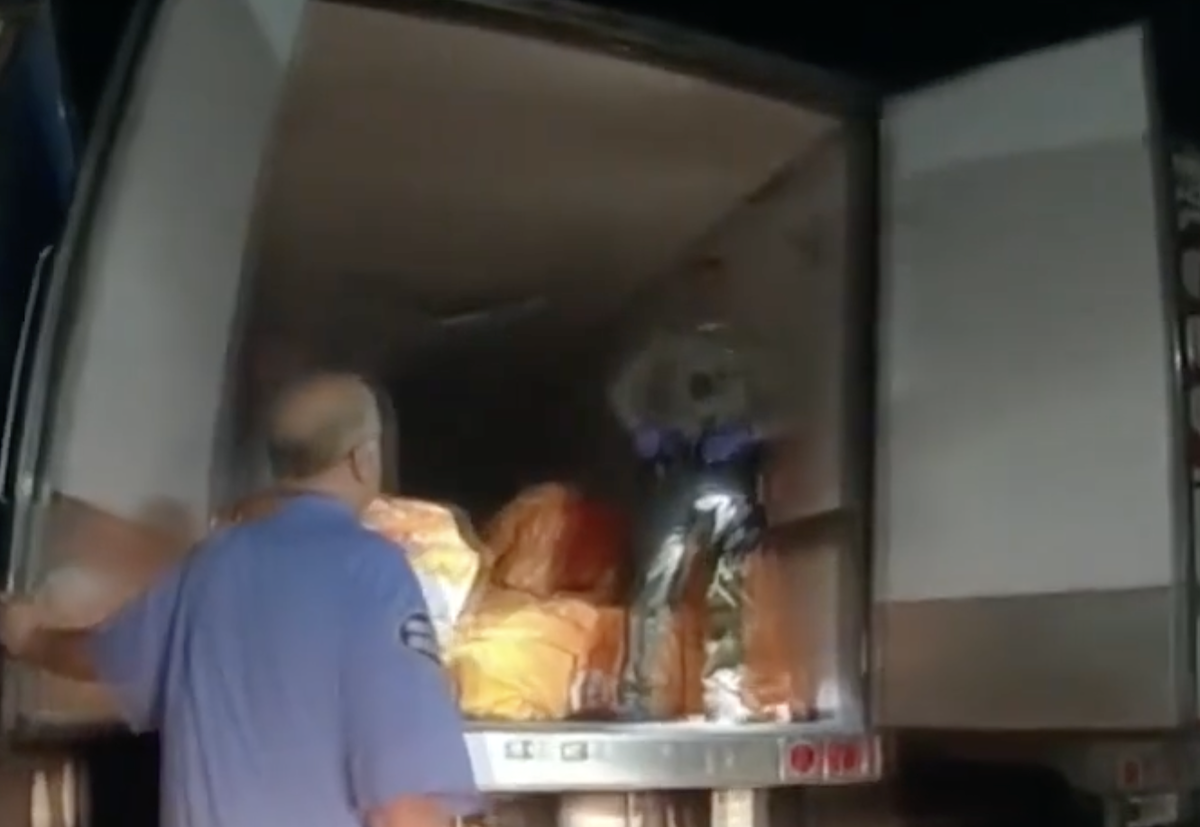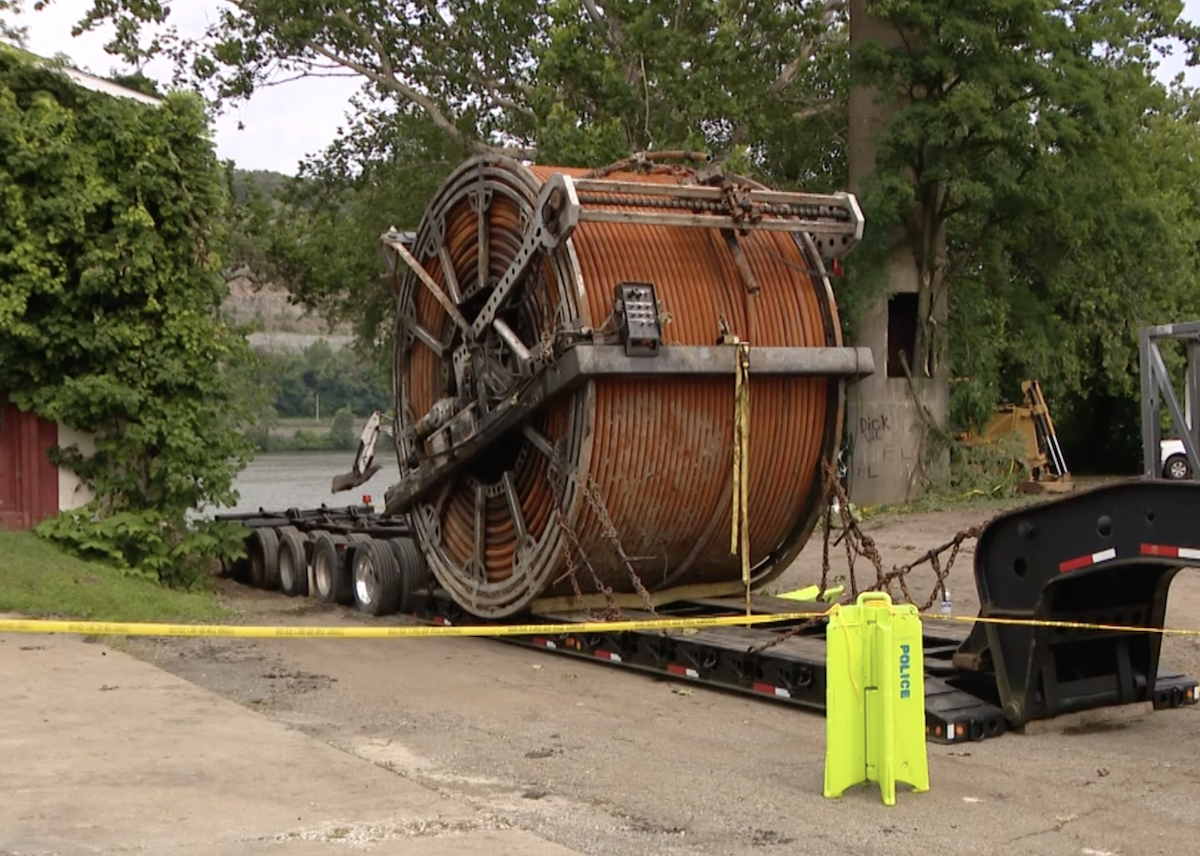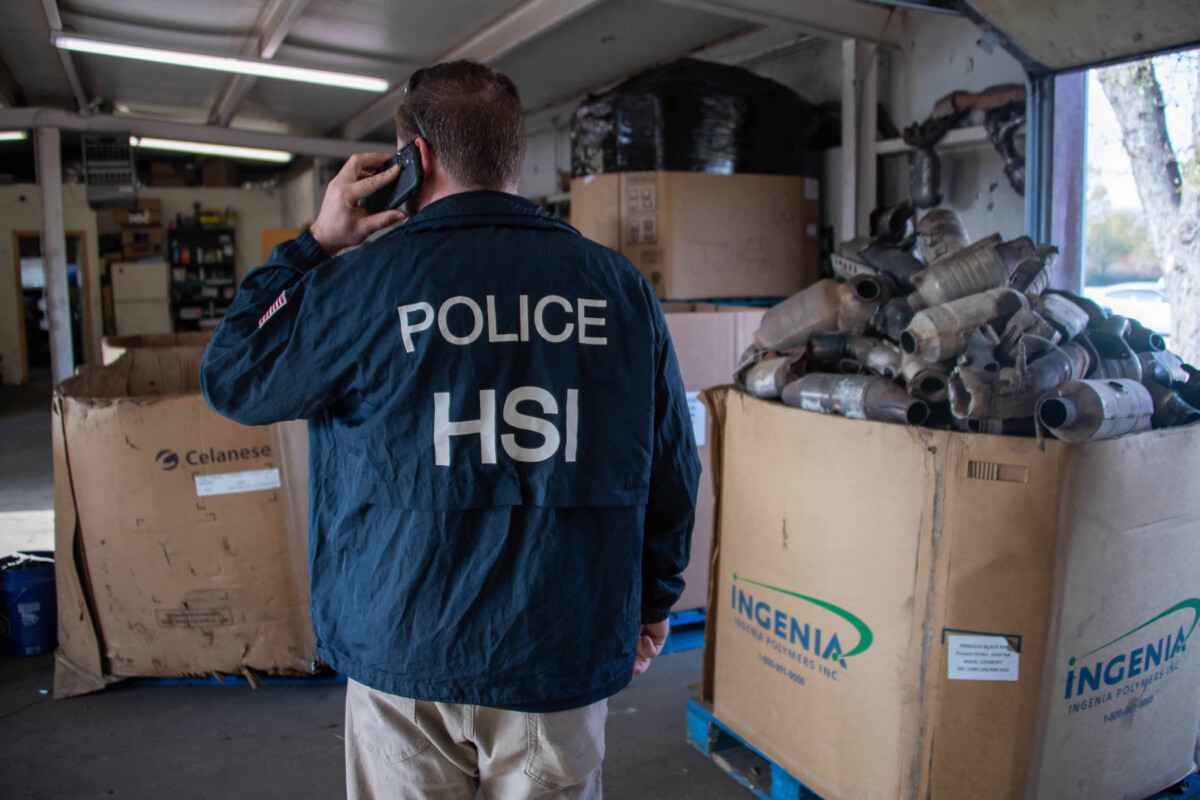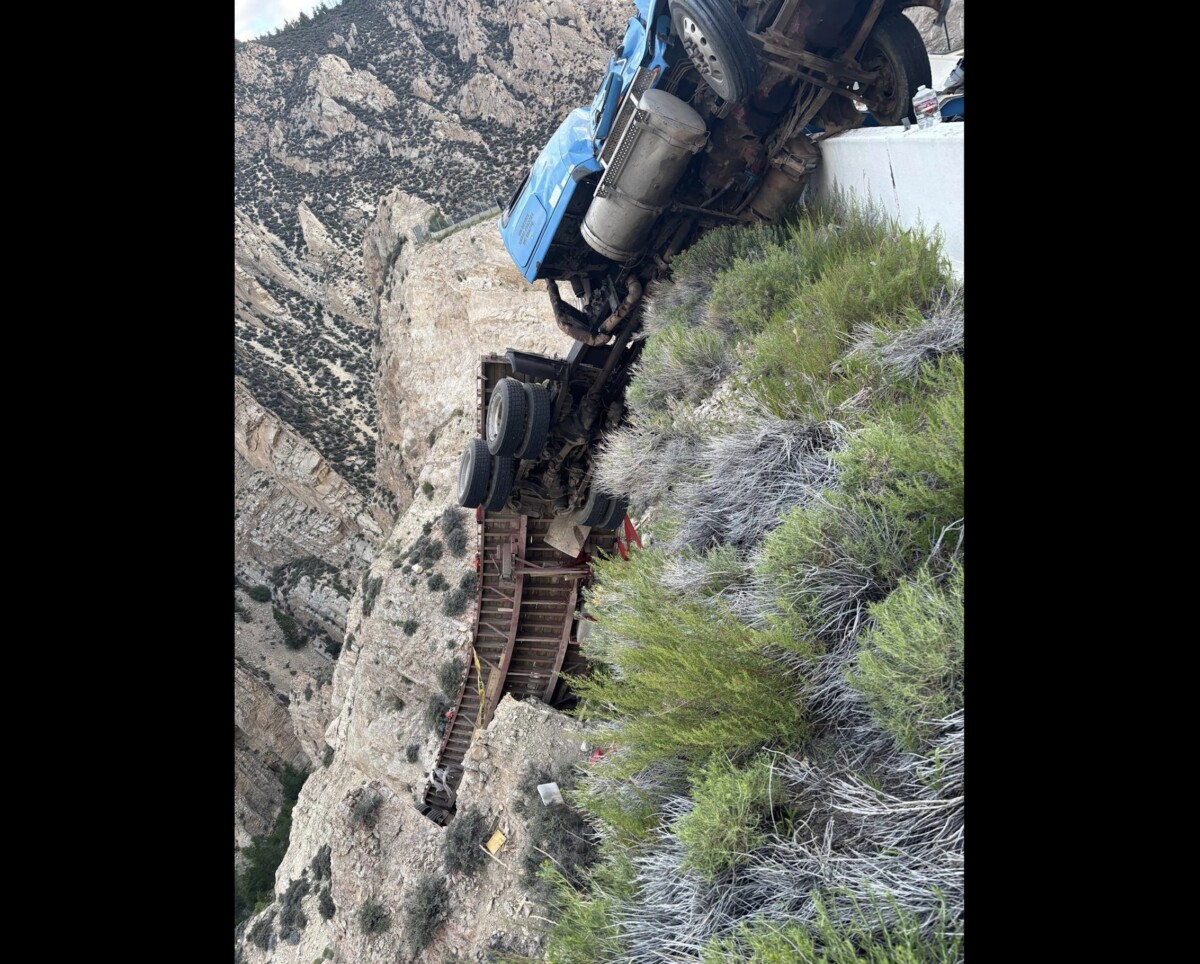Seven men have been named in an indictment regarding a massive jewelry heist at a truck stop in Los Angeles.
The theft happened on July 11th, 2022 at a Flying J in Lebec, California. The seven men were named on Tuesday, June 17th.
According to the Desert Sun, the defendants are accused of breaking into a semi truck employed by Brinks as it was parked at a truck stop near Los Angeles on its way back from a jewelry show. The thieves made off with approximately $100 million worth of gold, rubies, diamonds, emeralds and luxury watches “in what is considered to be the largest jewelry heist in U.S. history,” read a DOJ statement.
The seven men named in the indictment are 31-year-old Carlos Victor Mestanza Cercado, 36-year-old Jazael Padilla Resto, 41-year-old Pablo Raul Lugo Larroig, 60-year-old Victor Hugo Valencia Solorzano, 33-year-old Jorge Enrique Alban, 42-year-old Jeson Nelon Presilla Flores, and 36-year-old Eduardo Macias Ibarra. Resto is already incarcerated in Arizona on separate burglary charges.
Each of the seven men are facing two counts of conspiracy to commit theft from interstate and foreign shipment, and theft from interstate and foreign shipment. Cercado, Resto, Larroig, Solorzano and Alban are also facing two counts of conspiracy to interfere with commerce by robbery, and additional counts of theft from interstate and foreign shipment.
Cercado, Larroig and Alban allegedly “scouted” the truck as it left the jewelry show loaded with 73 bags of jewelry. Cercado, Resto, Larroig, Solorzano, Flores, Ibarra, and unnamed accomplices then followed the semi truck for 300 miles, tracking it through rest stops in Buttonwillow, Kern County, and eventually Lebec.
“While the truck was stopped in Lebec, those defendants stole 24 bags from the Brinks truck containing approximately $100 million of jewelry,” the DOJ statement reads.
Cercado, Resto, Larroig and Solorzano are also accused of participating in multiple other high value heists leading up to the jewelry scheme.






